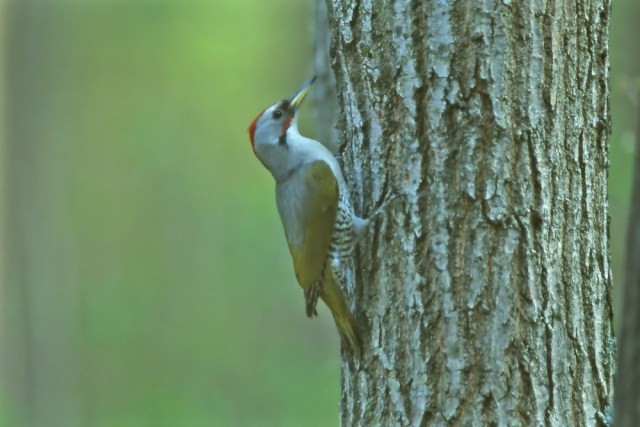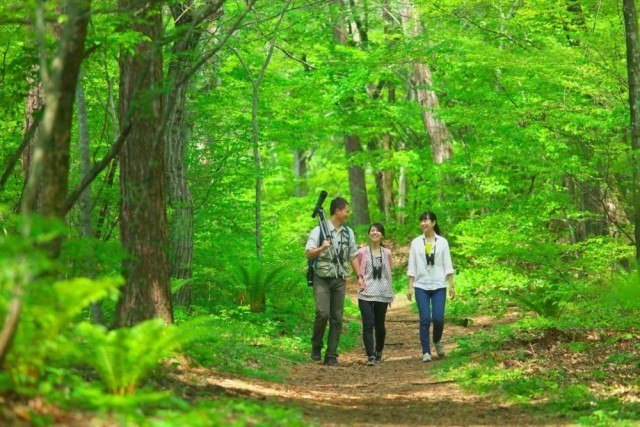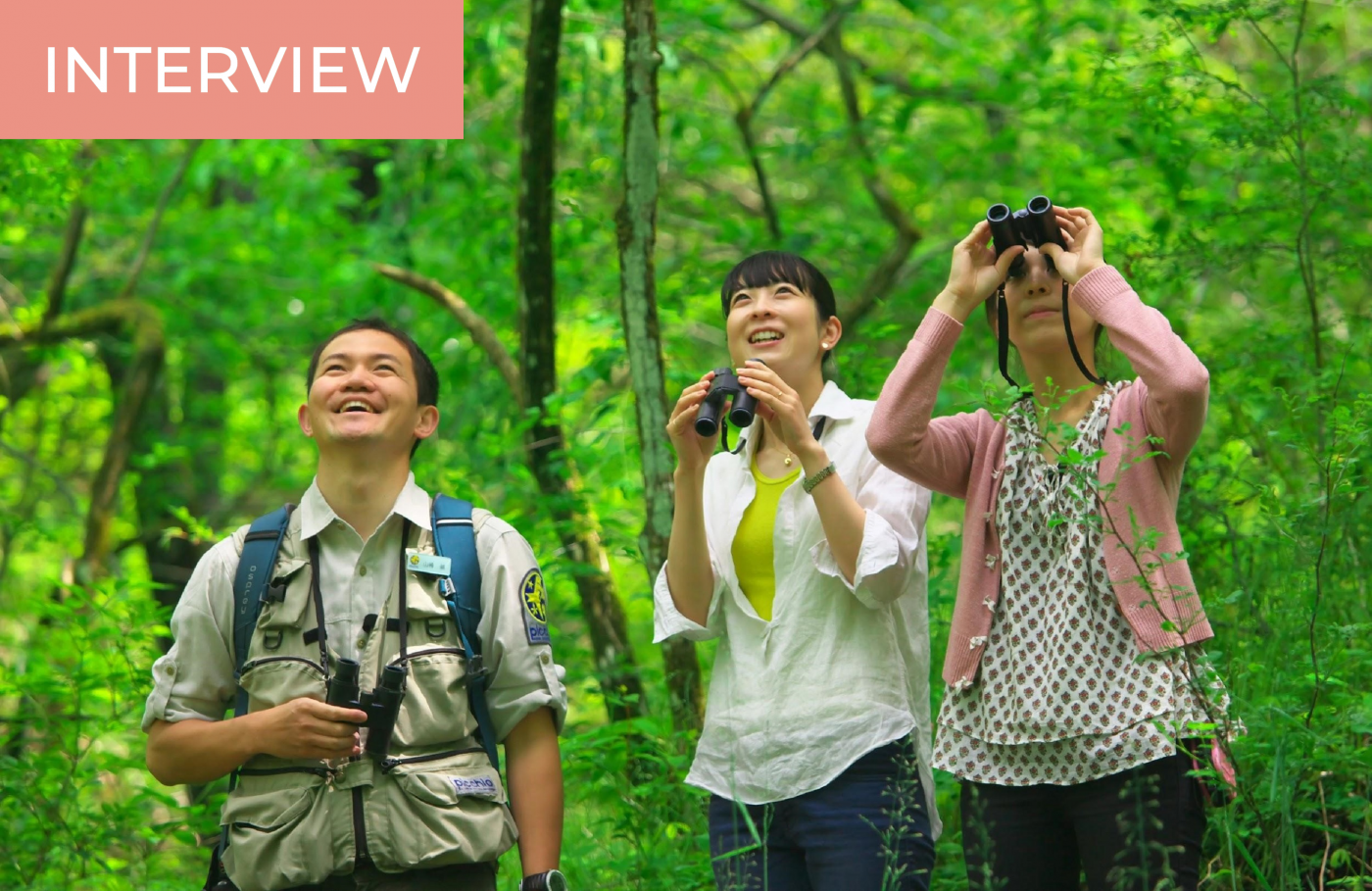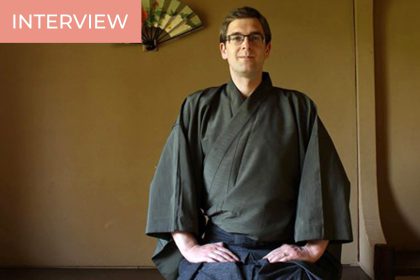Seeing Japan’s beautiful nature should be a top priority for every visitor. The best way to do this is to drop by one of Japan’s 30 national parks. This experience can be enhanced further by joining a locally guided tour. In this article, I’ll introduce Picchio, a company providing nature tours in Japanese and English inside Japan’s second-largest national park, that can be done as a day trip or an overnight stay from Tokyo.
What is Ecotourism in Japan?
I first got introduced to ecotourism in Ecuador in South America, one of the world’s top destinations for green travel. Locals guided us through the Amazon rainforest on foot and by canoe. I got to observe nature in a nearly undisturbed state while making sure our impact was minimal. Our tour included a visit to a traditional indigenous community, coexisting in a sustainable way with the surrounding nature.
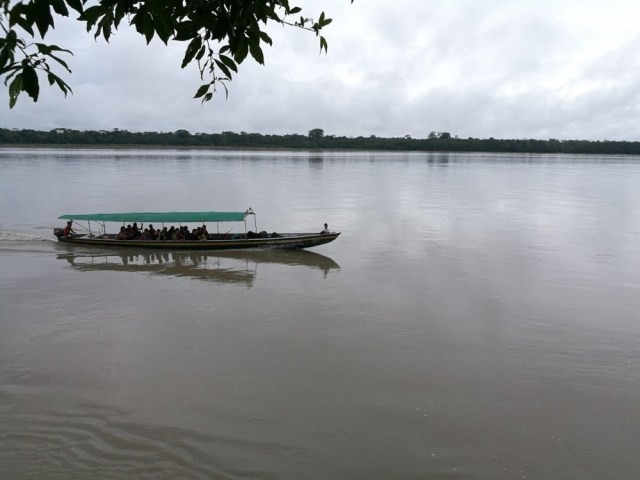
In Japan, Ecotourism is mainly defined by this last aspect. With a high population and mountainous terrain, a lot of Japan’s habitable area is surrounded by mountains and forests. Over time, local people have learned to live in harmony with nature. The reverse side of this is that it’s difficult to go anywhere without seeing some trace of human activity. Thus ecotourism tours in Japan tends to focus on visiting local communities, and understanding how they interact with nature.
Is Japan Famous for its Nature?
Speaking from my personal experience, when I moved to Tokyo, I wasn’t aware that Japan had so much natural beauty. I was attracted by pop culture and life in the big modern city. Paradoxically, I was someone who loved hiking and nature. However, all this had been temporarily superseded by my growing interest in Japan.
In my first year, I visited the Chichibu-Tama-Kai National Park in Western Tokyo, and I was astounded by the sight of rolling green hills disappearing into the distance. I gradually resumed hiking, and now head out every weekend in all four directions to “bathe” in Japan’s abundant nature. I’ve also had magical, unexpected encounters with local wildlife, such as Japanese macaques, antelopes and even bears, which I had never experienced in my home country.
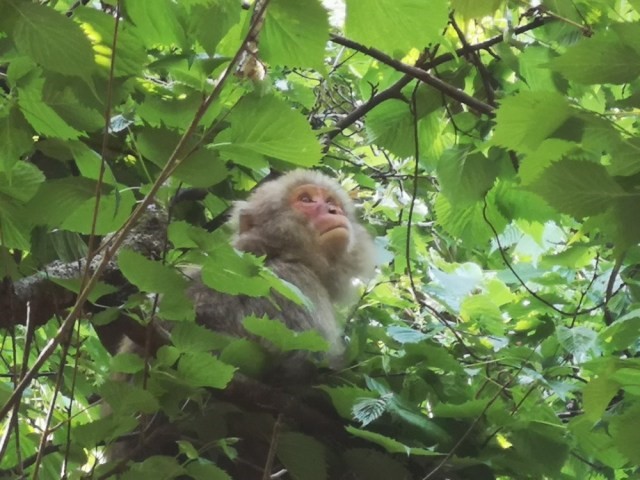
Thus I’ve come to believe that seeing nature is something visitors should experience while in Japan, and this doesn’t mean getting a glimpse of Mt Fuji. Currently, tourism aimed at overseas visitors mostly targets cultural sights like Kyoto’s temples. Exceptions are the Fuji, Hakone and Nikko areas but they tend to get lots of crowds, domestic and international, and thus it is hard to really appreciate the surrounding beauty.
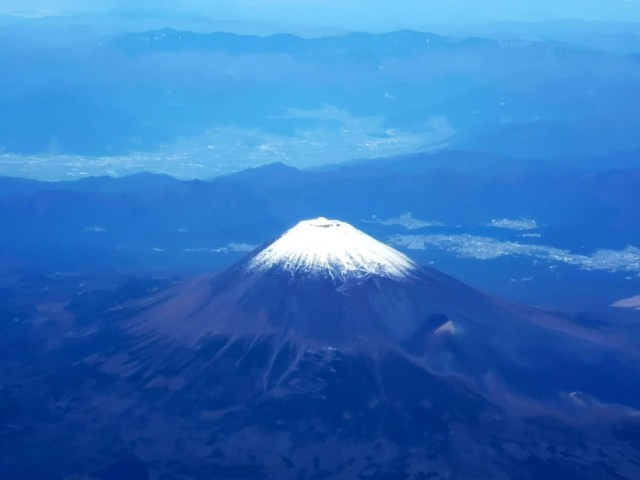
Karuizawa: Experience Nature & Ecotourism
I was looking for affordable English guided tours within national parks close to Tokyo, and I finally found eco tour operator Picchio (ピッキオ). Picchio is based in the mountain resort town of Karuizawa, just over an hour away from Tokyo by bullet train and right next to majestic Mt Asama, an active volcano that has contributed to the rich biodiversity of the area.
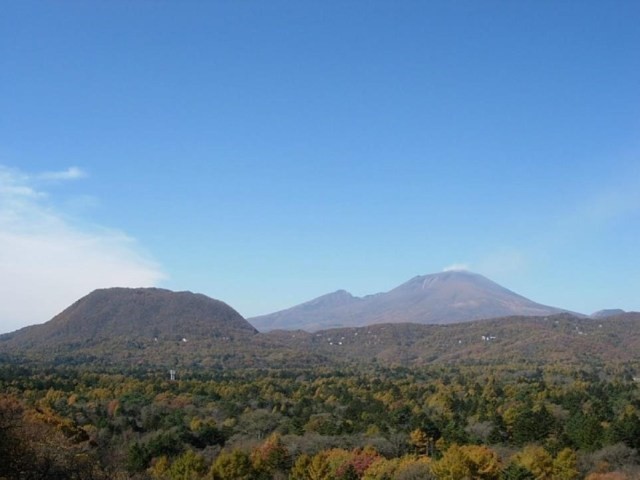
I first heard about Karuizawa many years ago when one of my friends showed me pictures of a log house he was building there so that he could spend more time surrounded by nature. After visiting the area myself, I realized that the surrounding forest was full of such log houses, sometimes forming small villages. In fact, Karuizawa has been used as a summer getaway for over 100 years – Yoko Ono and John Lennon used to spend summers there in the 1970s.
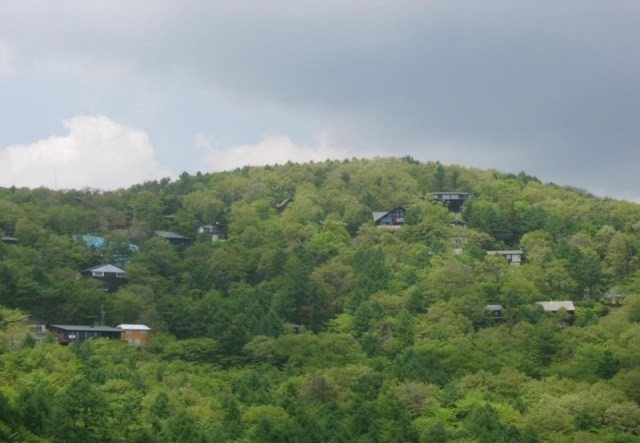
Karuizawa also sits inside the Southern part of the Joshinetsu Kogen National Park, Japan’s second-largest national park, forming a continuous mountainous area stretching North before curving East. It includes several volcanoes over 2000 meters and numerous hot springs. Consequently, the flora and the fauna of the area are quite special compared to other national parks. In addition to a high population of bears, the park has many snow monkeys, serows, squirrels, and golden eagles.
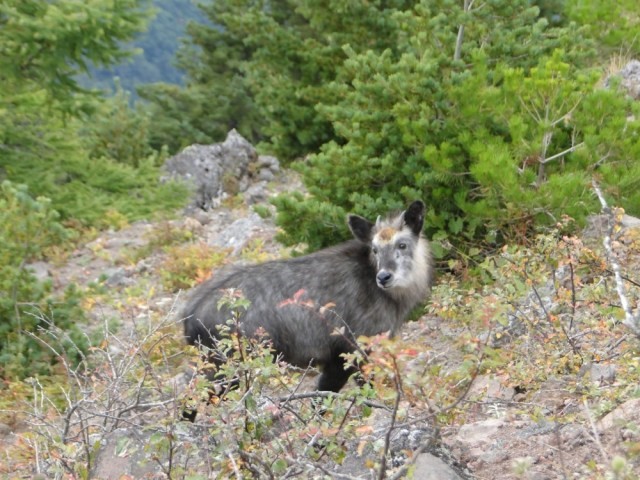
Picchio: a Unique Eco Tour Operator
As a company specialising in Ecotourism in Japan, Picchio stands out since they adhere to the original definition of the concept: showing nature in its original state with minimum impact. In addition to offering forest walking and wildlife observation tours, they are also involved in nature education for children. They organise summer camps for elementary school children from Karuizawa, the Tokyo area, and even other countries. They also do internships for high school and university students.
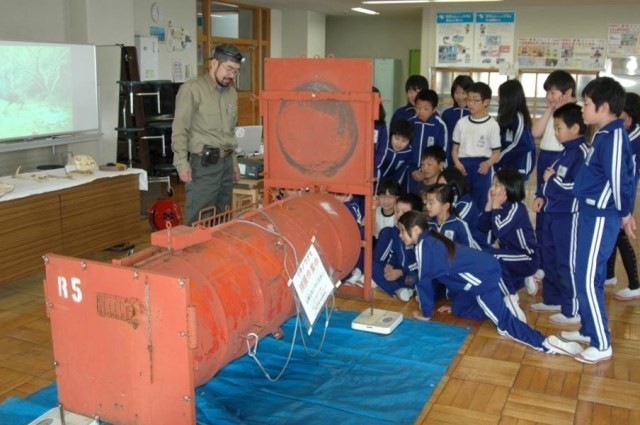
Their most popular tour is their flying squirrel watching tour which takes 90 minutes and costs around 3000 yen. Despite their large size – about eighty centimeters long including their tail – the Japanese flying squirrel or musasabi, is one of the few Japanese animals I’ve never seen in the wild since they are nocturnal animals. The tours are held in the evening so an overnight stay in Karuizawa is recommended. Other tours include nature walks for about 2000 yen and a wildlife night drive for about 5000 yen.
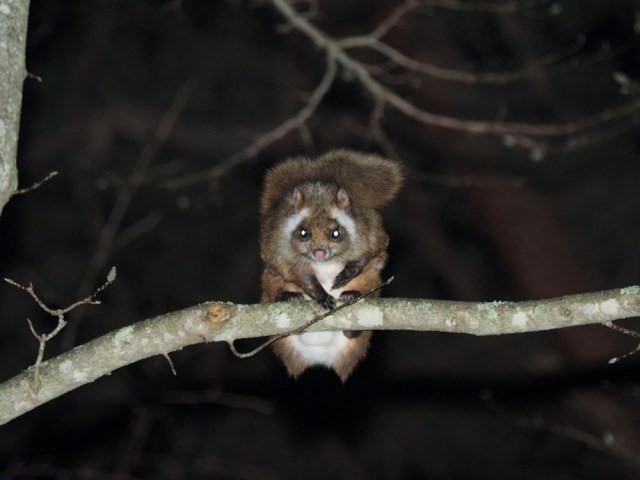
Finally, they are also involved in the conservation of bears in the Karuizawa area. Bears in Japan usually get bad press due to incidents involving people. However, this usually happens because their habitat is continually shrinking and humans and bears are competing for the same resources.
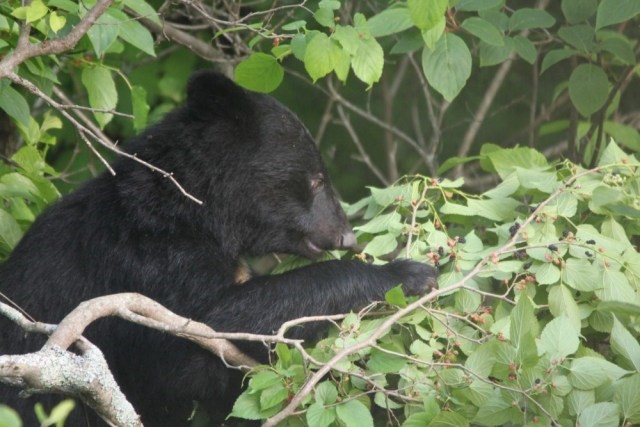
Their three-person bear conservation team traps bears in special cages and affix them with radio collars. After releasing them, they can then track the bears’ movements, and if a bear happens to get close to a place where humans are, the team heads out to scare the bears away using trained bear dogs. Updates on their efforts including photos of bears and other wildlife can be found on the blog (in Japanese). Donations for this program can be made through the Picchio website.
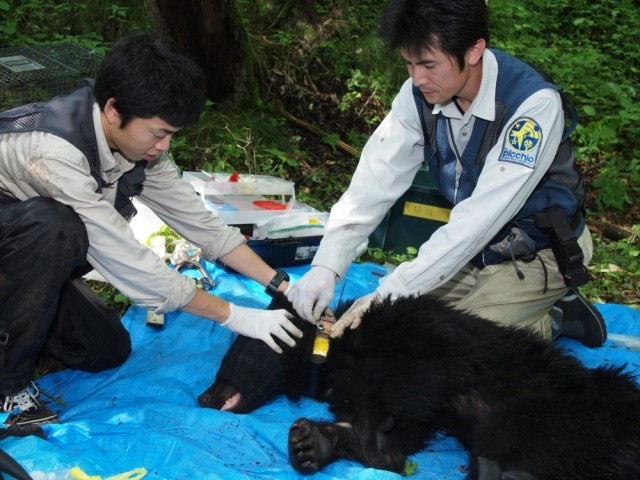
The Interview: Masaya and Makoto
After contacting Piccio, I was soon in touch with their marketing director, Masaya Kusube, age 52, and we arranged to do an interview over skype. Although he was born in Tokyo, Masaya spent his elementary school years in Vancouver, Canada, which explained his fluent English. He also got to experience a lot of nature while growing up there. He is connected to Karuizawa through the family cottage, where he used to spend summers during his childhood.
After studying marketing, Masaya worked for the tire maker Bridgestone Firestone, and then in the game software industry. One day he started to question whether video games were really good for children, since he himself had grown up with nature. So in 2003, he decided to quit his job and join Picchio where he could help children, and adults, experience and enjoy nature. In addition to management and marketing, he is also part of the bear conservation team. I found Masaya to be very comfortable talking about himself and his job in English, no doubt due to the fact that he grew up abroad.
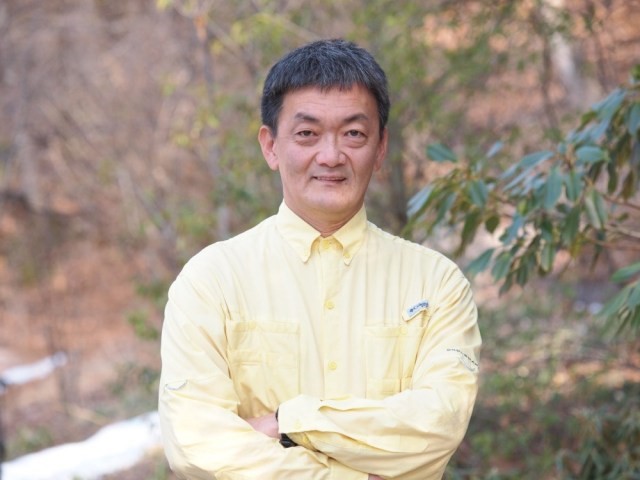
With him, was Makoto Yamazaki, age 36, a native of Niigata, just North of Nagano prefecture. Makoto joined Picchio in 2006 (incidentally the same year I moved to Japan) and so he has been working as an eco tour guide for 13 years. In 2010, he started guiding international tourists in English.
In 2013, he spent one year working as an eco-tour guide in Australia. In addition to helping him improve his English, this experience also enabled him to get a better understanding of the ecotourism business outside of Japan. Makoto came across as a very typical Japanese person: reserved when talking about himself and always careful to talk in correct English.

Picchio employs nearly twenty people. There are ten guides, and half of them can give tours in English since roughly ten percent of their customers are non-Japanese. Like Masaya, some had different careers before joining Picchio. Takayuki used to be a veterinarian in Tochigi (where Nikko is located) and Motoi was a high school teacher in Nara (near Kyoto).
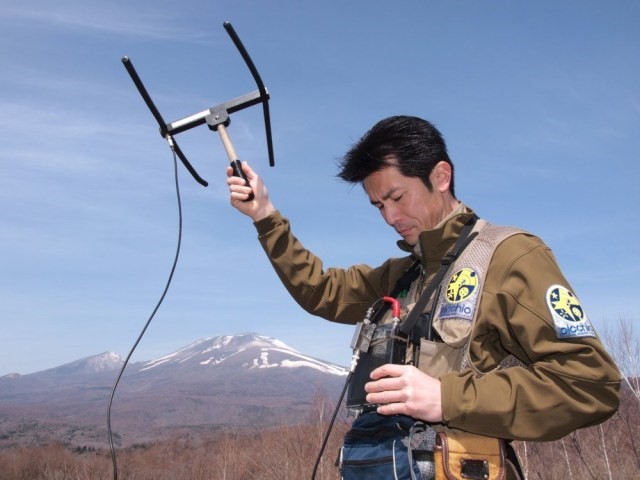
The Experience of an Eco-Tour Guide (Makoto)
Why did you decide to become a guide?
Makoto: When I was a child my parents took me hiking or camping many times, so I got some experience walking in the forest. It felt nice and comfortable in the forest and that’s why I decided to work with nature in the future. This was when I was in junior high school.
Also, I was playing soccer for a long time, from elementary school to college, so I’m very interested in personal fitness. Finally, I am passionate about environmental education, especially for children. I was so happy when I became an eco-tour guide because it was my dream and so it had come true. I was 22 years old.
What was the most difficult thing when starting work as a guide?
M: I had some difficulties because I didn’t have enough knowledge of nature like the names of birds, trees, insects, and things like that. So I had to get more experience by going into the forest, finding these things in nature, and checking their names and information about their life in the forest.
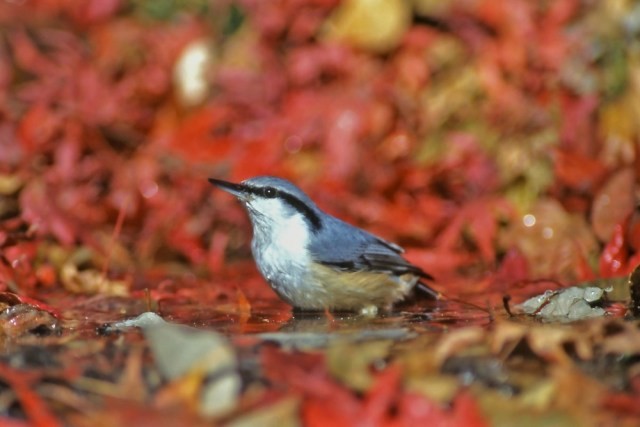
What’s the best part about doing this job?
M: I like this job very much because most people enjoy our tours and they are almost all from the area around Tokyo, so they don’t have much experience in the forest. Then they come to Karuizawa and walk in the forest and they feel very comfortable and peaceful. They look so happy especially if they get to see wildlife.
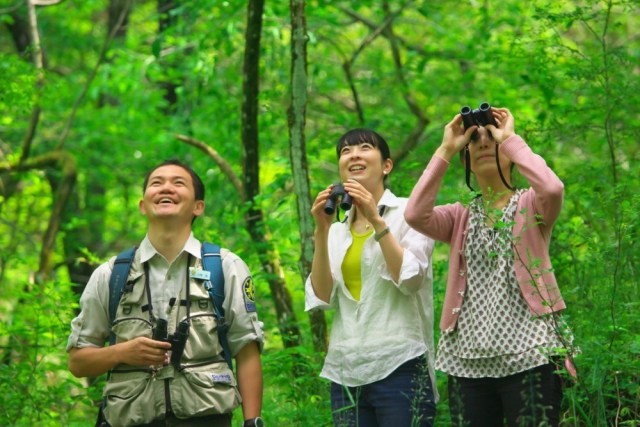
Do you have any more stories you can share about guiding international tourists?
M: I forgot the nationality but my clients were from Europe; they took part in our flying squirrel tour and they were so excited. Our tour starts with a lecture about the flying squirrels: their habitat and food, and how to watch them and then we move to the forest and wait 20 or 30 minutes till it becomes dark. When the flying squirrel comes out of its nest it normally climbs to the top of the tree and then it needs to decide the direction of the “gliding”.
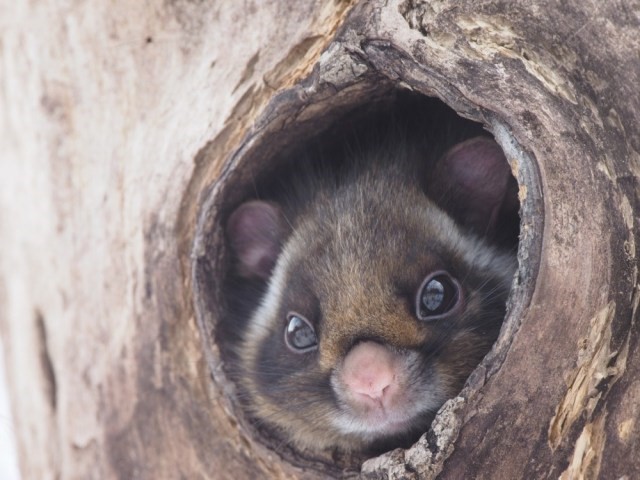
M: And that flying squirrel was quite shy because it took more than ten minutes to decide the direction. But it then had a very big “gliding” – more than 50 meters from the top of the tree! Also, it glided directly towards us and over our heads. Our customers were so amazed and excited. They said: “That was so amazing! I thought I could touch its tail” That is how close it was.

I noticed that you offer several tours and looking at Tripadvisor it seems that everybody does the flying squirrels one. What other tours do you recommend for international tourists?
M: I can recommend two tours. The first one is the wildlife night drive. This one takes customers into the mountains with a special vehicle which has a strong LED light on the side of the car. A normal car only has a headlight for lighting the front of the car. This means that customers seated in the backseat can also see wildlife.
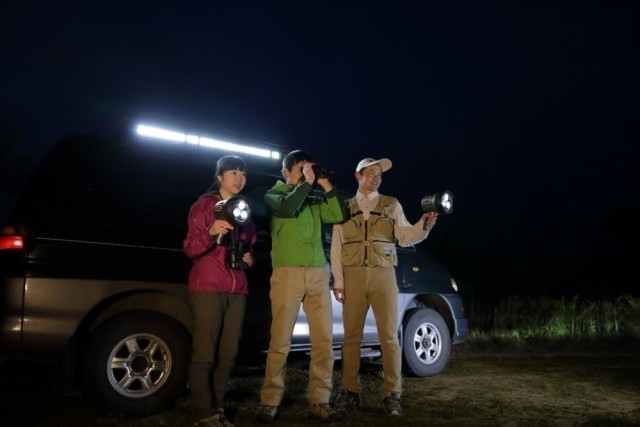
M: You can see Japanese deers, red foxes, wild boars, Japanese Serows (a kind of antelope), and Japanese hares. The other tour lets customers see our bear conservation efforts.
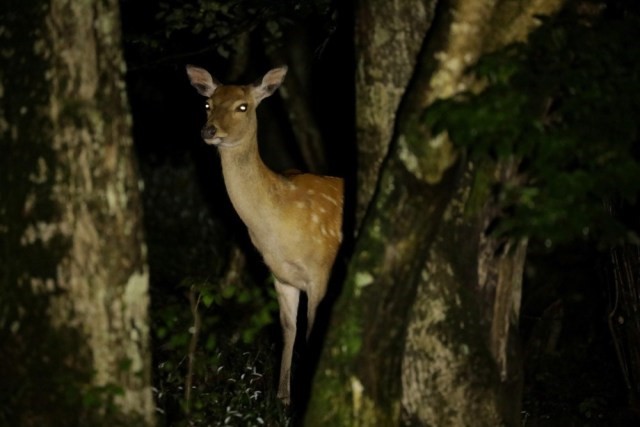
The Challenge of Ecotourism in Japan (Makoto & Masaya)
What’s the most challenging part of being an eco tour guide?
Makoto: Hmmm…one thing is that I hope to get a little bit more money for this job because as you know eco tour guiding isn’t well known in Japan. So far, our income is not very high so we think this is a big problem. I was in Australia for a year in 2013 where I was working as a tour guide in Queensland. I got a very good income then but now I am back in Japan at Picchio as a tour guide and my income is a little bit low, lower than in Australia.
I did notice that your prices are quite affordable compared to other companies offering guided tours in national parks. What is the reason for this?
Masaya: Well the problem is that in the domestic market in Japan, it’s not popular to pay something for the tour guides because we have volunteer tour guides throughout japan, so it’s difficult to have the price set like in other countries such as France, Iceland and Australia. So that is the biggest problem for our industry, and tour guides in other areas too. Anyway, it’s lower than in other countries.
This is one reason why we are trying to have more international, or rather Western tourists because Asian tourists seem to have the same tendency as Japanese ones, and this is the biggest challenge for us to raise prices to the average level of the world.
Is ecotourism a big thing in Japan?
Masaya: No, not yet. One reason is that, for instance, I sometimes travel abroad for international tourism market exhibitions and Japan tends to focus more on introducing its culture and pop culture to other parts of the world instead of its nature. This is because we have a long history of coexisting with wildlife and for most Japanese, nature is everywhere – it’s not unusual to have monkeys around in your backyard, and even in Tokyo you have raccoons, so it’s part of ordinary life. So there is a tendency by people, especially in the countryside, to say they don’t have anything but actually they have a lot of good nature compared to other parts of the world. Japanese don’t realize that yet so that is why ecotourism is not yet a big part of tourism yet.
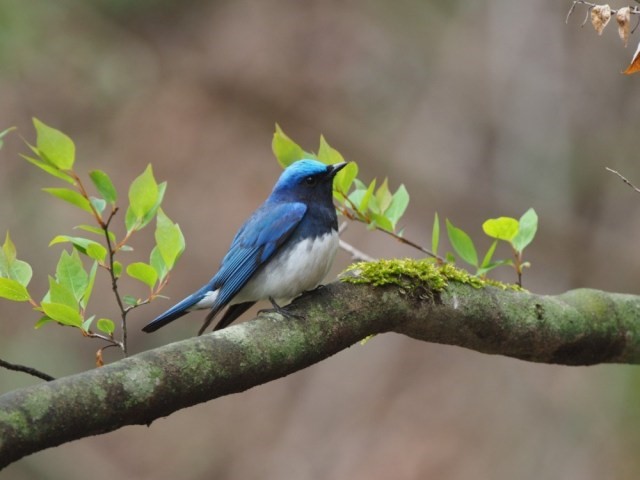
Bear conservation efforts and final words (Masaya & Makoto)
Can you tell us more about your bear conservation efforts?
Masaya: We have a tour for our bear conservation efforts. We put a radio collar on each bear we capture and then we try and put them back into the forest. We have 30 bears with radio collars. Customers can join us for this. It’s quite difficult to see black bears since they are shier than Hokkaido brown bears but sometimes they are caught in a trap so we have to go and release them. In that case the customer can see a bear in the wild. Although we cannot guarantee it, this usually happens every day.
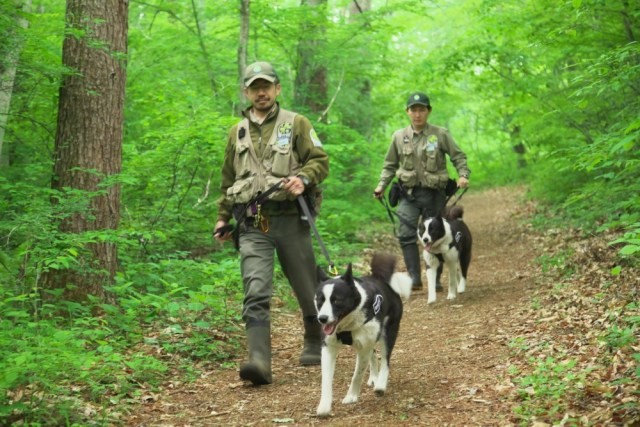
I’ve seen bears several times while hiking. However, before I could do anything, they ran away quickly. If you encounter a bear in the wild, ideally, what should you do?
Makoto: It depends on the situation. If the distance is close we mustn’t make them panic and we mustn’t start panicking ourselves. Just calm down, walk backward and make some distance with the bear.
Masaya: It’s important to keep your distance and walk backward; if you show your back they may try and follow and attack you. Don’t make eye contact. Playing dead is not a good strategy because bears sometimes eat dead animals like dead deers. So if you lie down and play dead they may have a bite of you. Here, in Karuizawa, if someone sees a bear, they call us, or the police who will then call us, and we go and patrol with our bear dogs. Sometimes it can just be a false alert, for example, a wild boar.
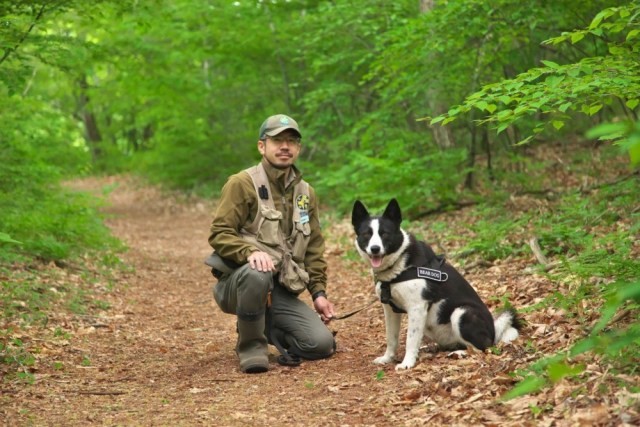
Japanese black bears are smaller than the average bear, aren’t they?
Masaya: Well it depends. The ones in the Tokyo area, for example in the Tanzawa mountains South of Tokyo, are smaller than bears around Karuizawa. In North-Eastern Japan, they are even bigger. The more North you go, the larger they get.
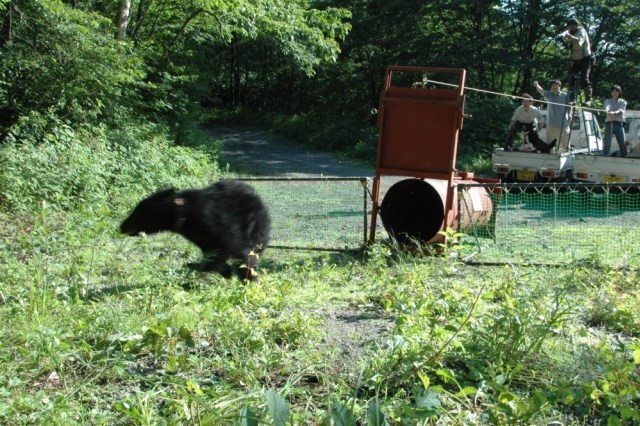
Do you have any final words for our readers?
Makoto: I’d like to let your readers know about the richness of nature. I think that nature is very important for all people because I think that human beings were born from nature, our origin is from nature so we should respect it and I think wildlife is a symbol of nature. When I see wildlife in the forest, I am very happy and I feel respect for it, and this is very important so I’d like to take customers to the forest and let them feel the same things, share this happiness with them.
Masaya: I’d like your international audience to discover the other side of Japan not only the pop culture, the Shibuya crossing, Kyoto… We have really good wildlife, the Japanese have been coexisting with wildlife and we’d like people to see and enjoy wildlife for a long time and we want people to experience more of Japanese wildlife too including black bears and have more people join our conversation tours.
Thank you both for participating in this interview!
If you are interested in going on a tour, please visit the Picchio website to check availability and make a booking. Tour availability also depends on the season of the year.
